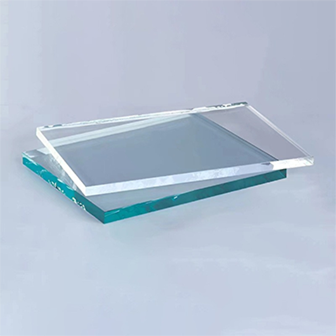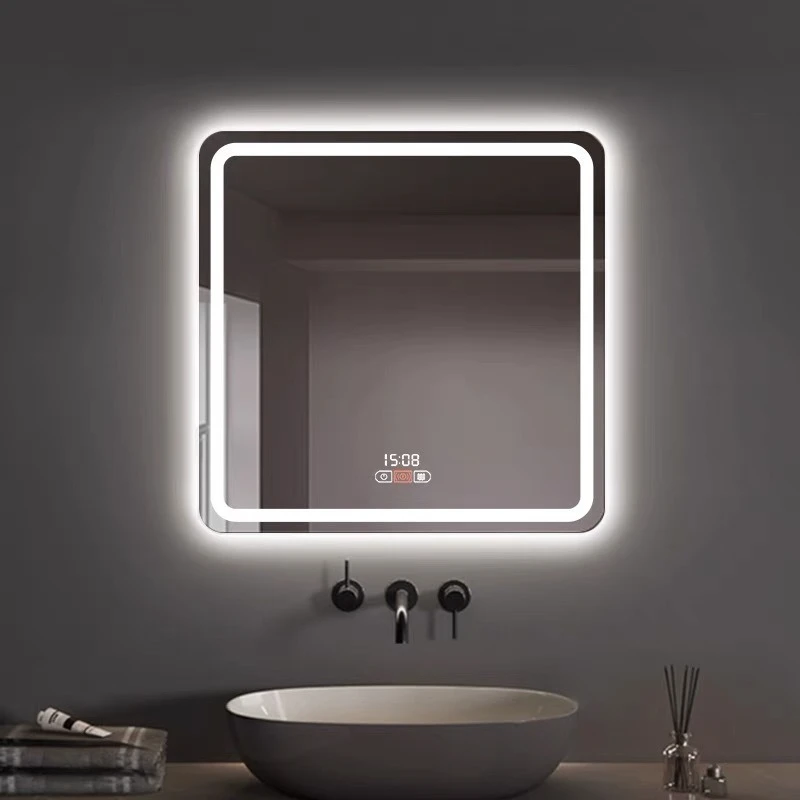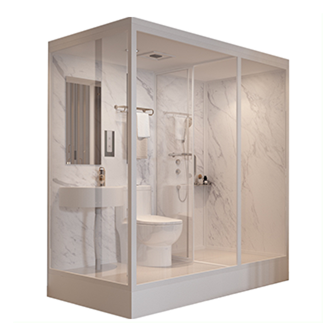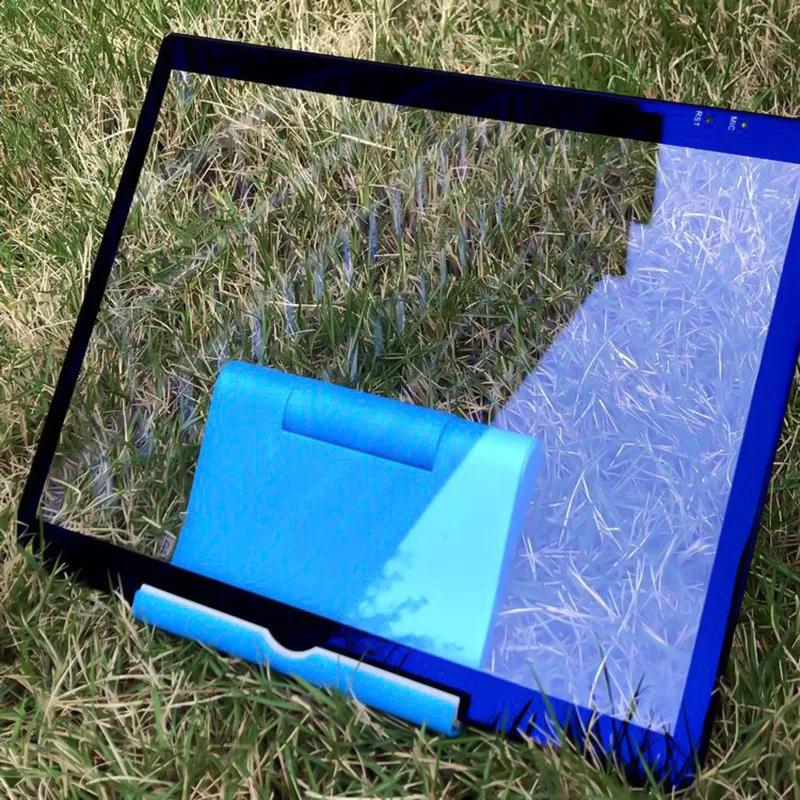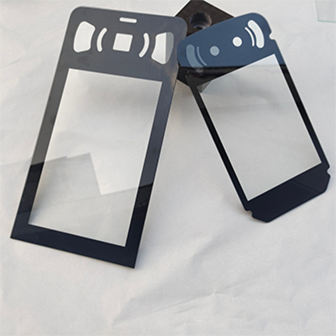Sep . 17, 2025 17:42 Back to list
Underwater Clear Float Glass Architecture For Coral Reefs
Beneath the shimmering surface of our oceans lies a world of breathtaking beauty and immense ecological importance: the coral reef. These vibrant ecosystems are the rainforests of the sea, teeming with life and playing a critical role in the health of our planet. Yet, they face unprecedented threats from climate change, pollution, and human activity. As we seek innovative solutions to protect and restore these underwater marvels, a surprising material is making waves in marine architecture: advanced architectural glass. This isn't just any glass; it's a product of precision engineering designed to coexist harmoniously with the aquatic environment, offering a transparent window into conservation efforts and a solid foundation for new life.
The concept is as elegant as it is effective. By constructing underwater observatories, research stations, and artificial reef frameworks from specially designed glass, we can create structures that are not only functional and durable but also virtually invisible, minimizing visual pollution and maximizing the natural experience for both marine life and human observers. This is where the expertise of a specialized manufacturer becomes paramount. ShottGlass focuses on offering one-stop solutions on glass processing for global OEM/ODM customers. In order to make precision processing glass, we have equipped with a 45m-long tempering furnace, Intermac CNC work center, Intermac cutting table, double edge grinding machine, waterjet, PVB and EVA laminating lines. We also have an acid etching line, two silkscreen-printing lines, and 2 mirror lines to meet all-round needs of customers. This comprehensive capability allows for the creation of bespoke glass solutions that meet the rigorous demands of the marine environment.
The journey of creating these underwater wonders begins with the fundamental material choice, balancing clarity, strength, and environmental compatibility.
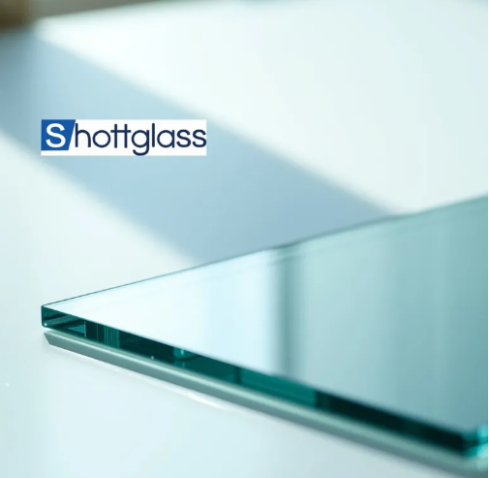
The Foundation of Transparency: Understanding Clear Float Glass
At the heart of any underwater glass structure lies the basic building block: clear float glass. This is the standard, high-quality glass produced by the float process, where molten glass is floated on a bed of molten tin to create a perfectly flat, distortion-free surface. For underwater applications, its primary advantage is its fundamental strength and cost-effectiveness as a base material before it undergoes further processing. While standard clear float glass has a slight greenish tint (visible when looking at the edge of a large pane), this is often negligible for many structural components of an artificial reef where absolute optical clarity is not the paramount concern, such as in foundational supports or non-viewing panels.
However, its role is crucial. This type of glass provides the robust substrate that is then tempered or laminated to achieve the necessary safety standards. The ability to source and cut large formats of clear float glass is essential for creating expansive, seamless underwater panels that can withstand immense water pressure. The engineering begins here, with this reliable and widely available material forming the backbone of the structure, ensuring integrity and durability on which more specialized features can be built.
Achieving Optical Perfection: The Role of Extra Clear Float Glass
For the viewing panels of an underwater observatory or a research habitat, where unparalleled clarity is non-negotiable, extra clear float glass is the material of choice. Also known as low-iron glass, extra clear float glass is manufactured with reduced iron oxide content in the raw materials. This simple chemical adjustment has a profound visual effect: it eliminates the greenish tint inherent in standard clear float glass, resulting in a product that is incredibly neutral and transparent.
The benefits for coral reef architecture are immense. Extra clear float glass offers:
True Color Transmission: It allows for over 91% light transmittance, meaning sunlight penetrates the glass with minimal distortion. This is vital for any corals cultivated on or near the structure, as they rely on specific wavelengths of light for their symbiotic algae (zooxanthellae) to photosynthesize.
An Unobstructed View: For scientists and visitors, it provides a crystal-clear, "windowpane" view into the aquatic world. Colors appear more vibrant and true-to-life, enhancing the educational and aesthetic experience without the greenish cast that would detract from the reef's natural brilliance.
Enhanced Aesthetics: The near-invisible presence of extra clear float glass helps the structure blend into its environment, reducing its visual impact and creating the magical illusion of being surrounded by water with no barrier.
This high-purity glass is essential for any application where observing the delicate beauty and complex behaviors of reef life without distortion is the ultimate goal.
Enhancing Functionality and Durability with Coated Float Glass
The marine environment is harsh, presenting challenges like saltwater corrosion, mineral deposits, and relentless biofouling—where algae, barnacles, and other organisms colonize submerged surfaces. This is where advanced coated float glass comes into play, adding a layer of intelligent functionality to the transparent structure.
By applying microscopically thin, durable coatings to the surface of the glass, we can engineer specific properties:
Anti-Reflective (AR) Coatings: These coatings can be applied to coated float glass to further reduce surface reflection, boosting light transmittance to over 97% on treated surfaces. This maximizes light penetration for coral growth and eliminates distracting glare for observers, making the glass virtually disappear.
Easy-Clean & Anti-Fouling Coatings: Specialized hydrophobic or photocatalytic coatings can be used to create coated float glass that resists the adhesion of salt deposits, algae, and other marine organisms. This significantly reduces maintenance costs and the need for frequent cleaning, which can disturb the surrounding ecosystem. The surface becomes easier to keep clear, ensuring consistent views and reducing the ecological footprint of upkeep.
These coatings are typically applied to the air-facing side of the aquarium glass (the interior) or on both sides depending on the specific product, ensuring they are protected from physical abrasion while still performing their function. This transformative step turns a passive panel of glass into an active, high-performance component of the marine structure.
|
Parameter Category |
Available Options |
|
Size(mm) |
1650x2200,1830x2440,1900x2440,2140x3660,2250x3660,2250x3300,2440x3660,2440x3300,2600x3300, and any other custom size. |
|
Thickness(mm) |
1.3, 1.6, 2.0, 2.5, 2.8, 3.2, 3.5, 3.8, 4, 4.5, 4.8, 5, 6, 8, 10, 12, 15, 19 |
|
Main Processing Directions |
Tempered glass, Mirrors, Laminated glass, Screen printed glass, Frosted glass, Low-E glass, etc. |
FAQs About Underwater Clear Float Glass
What are the advantages of using clear float glass for artificial reefs?
The primary advantage of using clear float glass is its exceptional combination of strength, durability, and cost-effectiveness as a foundational material. It provides a stable, inert, and non-toxic substrate that is perfectly safe for marine life. When tempered or laminated, it becomes incredibly strong to withstand hydrostatic pressure and potential impacts. Its smooth surface is also less conducive to damaging biofouling compared to rougher materials like concrete or steel, and it can be easily maintained with eco-friendly cleaning protocols.
How does extra clear float glass benefit coral growth?
Extra clear float glass benefits coral growth by allowing maximum penetration of natural sunlight. Corals depend on specific spectra of light for photosynthesis. The low-iron composition of this glass minimizes light absorption and distortion, ensuring that the full spectrum of beneficial light reaches any corals placed in proximity to the structure. This promotes healthier, more vibrant coral growth compared to standard glass, making it ideal for integrated conservation and aquaculture projects within the reef architecture.
Can coated float glass reduce maintenance for underwater structures?
Absolutely. Specialty coated float glass is engineered specifically to reduce maintenance. Anti-fouling coatings create a surface that makes it difficult for algae and barnacles to adhere strongly. This slows down the colonization process and, when cleaning is required, makes it significantly easier to remove any buildup without harsh chemicals. This translates to lower long-term operational costs, less frequent disruption to the marine environment from cleaning activities, and consistently clear viewing panels for observation.
Is this type of glass architecture safe for marine ecosystems?
Yes, when manufactured and installed correctly, this glass architecture is entirely safe and beneficial. The base materials—clear float glass, extra clear float glass, and coated float glass—are all inert and non-leaching, meaning they do not release harmful chemicals or microplastics into the water. The use of coatings is carefully selected to be environmentally benign. Furthermore, by providing a complex, stable, and transparent structure, it creates new habitats for fish and invertebrates, aiding in biodiversity and reef restoration efforts.
Why should I choose your company for a custom underwater glass project?
Our dedicated focus on precision glass processing for OEM/ODM projects makes us an ideal partner. We don't just supply glass; we provide engineered solutions. With our state-of-the-art machinery—from our 45m tempering furnace for producing large, strong panels to our CNC work centers for precise cutting and shaping—we can handle every aspect of production in-house. This ensures strict quality control, consistency, and the ability to create truly custom sizes, thicknesses, and processed glass (like laminated or tempered) tailored to your project's specific structural and environmental requirements.
-
Types of Reflective Glass
NewsNov.17,2025
-
What Is Dichroic Glass?
NewsNov.17,2025
-
Smart LED mirrors can have touch controls
NewsNov.17,2025
-
Laminated glass improves energy efficiency
NewsNov.17,2025
-
Insulated glass enhances building comfort
NewsNov.17,2025
-
Acid etched glass offers elegant privacy
NewsNov.17,2025
Related PRODUCTS


